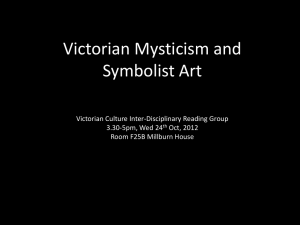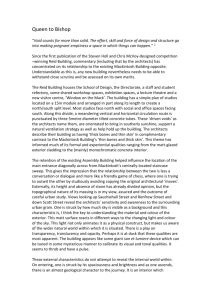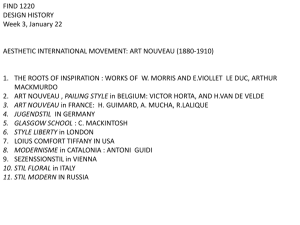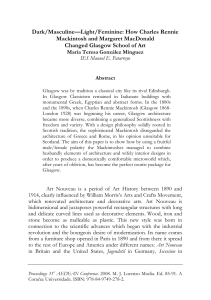Mackintosh Chair
advertisement
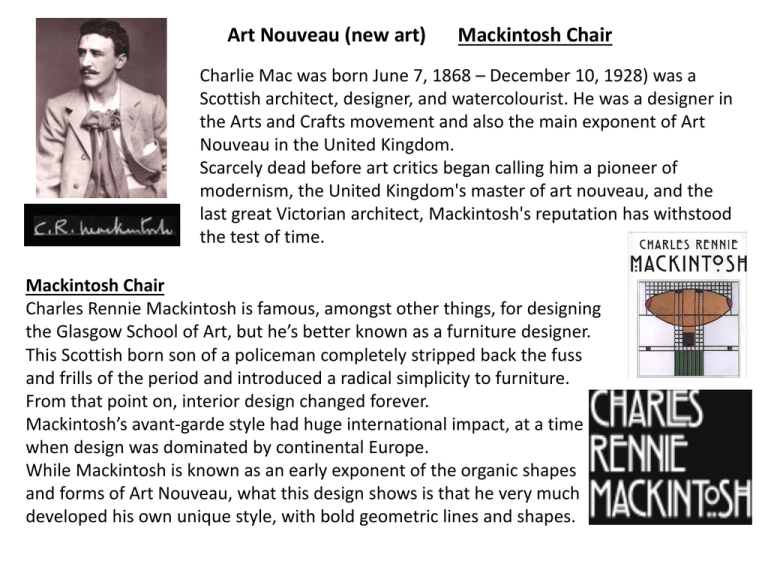
Art Nouveau (new art) Mackintosh Chair Charlie Mac was born June 7, 1868 – December 10, 1928) was a Scottish architect, designer, and watercolourist. He was a designer in the Arts and Crafts movement and also the main exponent of Art Nouveau in the United Kingdom. Scarcely dead before art critics began calling him a pioneer of modernism, the United Kingdom's master of art nouveau, and the last great Victorian architect, Mackintosh's reputation has withstood the test of time. Mackintosh Chair Charles Rennie Mackintosh is famous, amongst other things, for designing the Glasgow School of Art, but he’s better known as a furniture designer. This Scottish born son of a policeman completely stripped back the fuss and frills of the period and introduced a radical simplicity to furniture. From that point on, interior design changed forever. Mackintosh’s avant-garde style had huge international impact, at a time when design was dominated by continental Europe. While Mackintosh is known as an early exponent of the organic shapes and forms of Art Nouveau, what this design shows is that he very much developed his own unique style, with bold geometric lines and shapes. Furniture by Charles Rennie Mackintosh For many people, Mackintosh is most closely associated with furniture. His earliest work shows a strong affinity to the Arts and Crafts movement. His final designs are a precursor to the Art Deco movement and highlight the diversity in his design and often unique choice of colours, shapes and forms. Charles Rennie Mackintosh Architecture Mackintosh is internationally celebrated as one of the foremost architects of the early 20th century. The majority of his buildings, including his masterpiece The Glasgow School of Art, are located in Glasgow and surrounding area. The Glasgow School of Art (1896-99 & 1907-9) is regarded by many as his masterpiece, where he gives full expression to his architectural ideals. In 1902 Mackintosh received another significant commission when he was asked to design The Hill House in Helensburgh by Walter Blackie, director of the well-known Glasgow publishers, commissioned not only the house and garden, but much of the furniture and all the interior fittings and decorative schemes. Art Nouveau set itself apart from the previous design movement Arts & Crafts, which rebelled against new materials that were regarded as being symbolic of industrialisation. Instead, Art Nouveau followers viewed these industrial materials as new media in which to express their artistic visions. If “the hand of the artist” was the motto of the Arts & Crafts movement, then Art Nouveau would further the motto by adding, “with the best tool for the job”.
